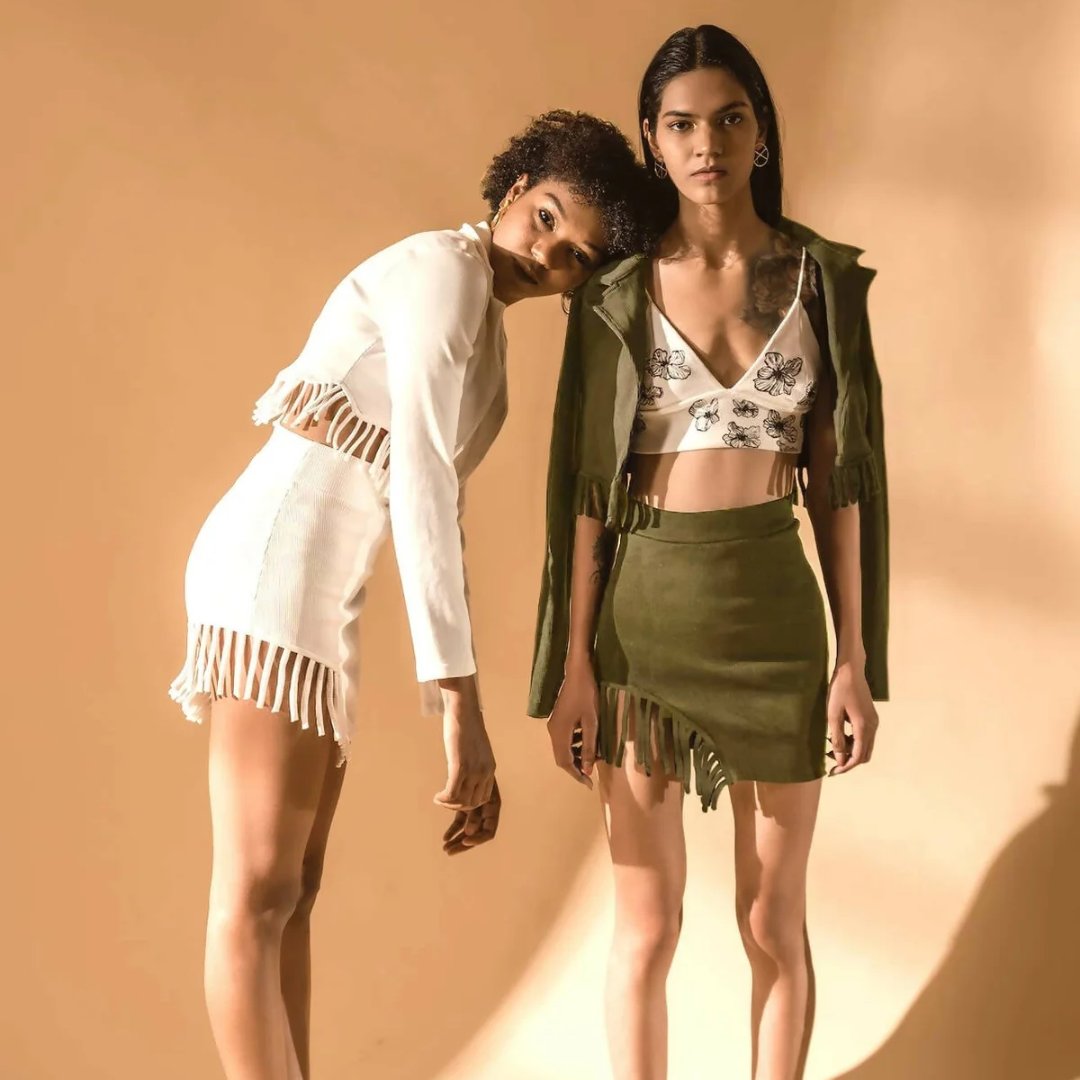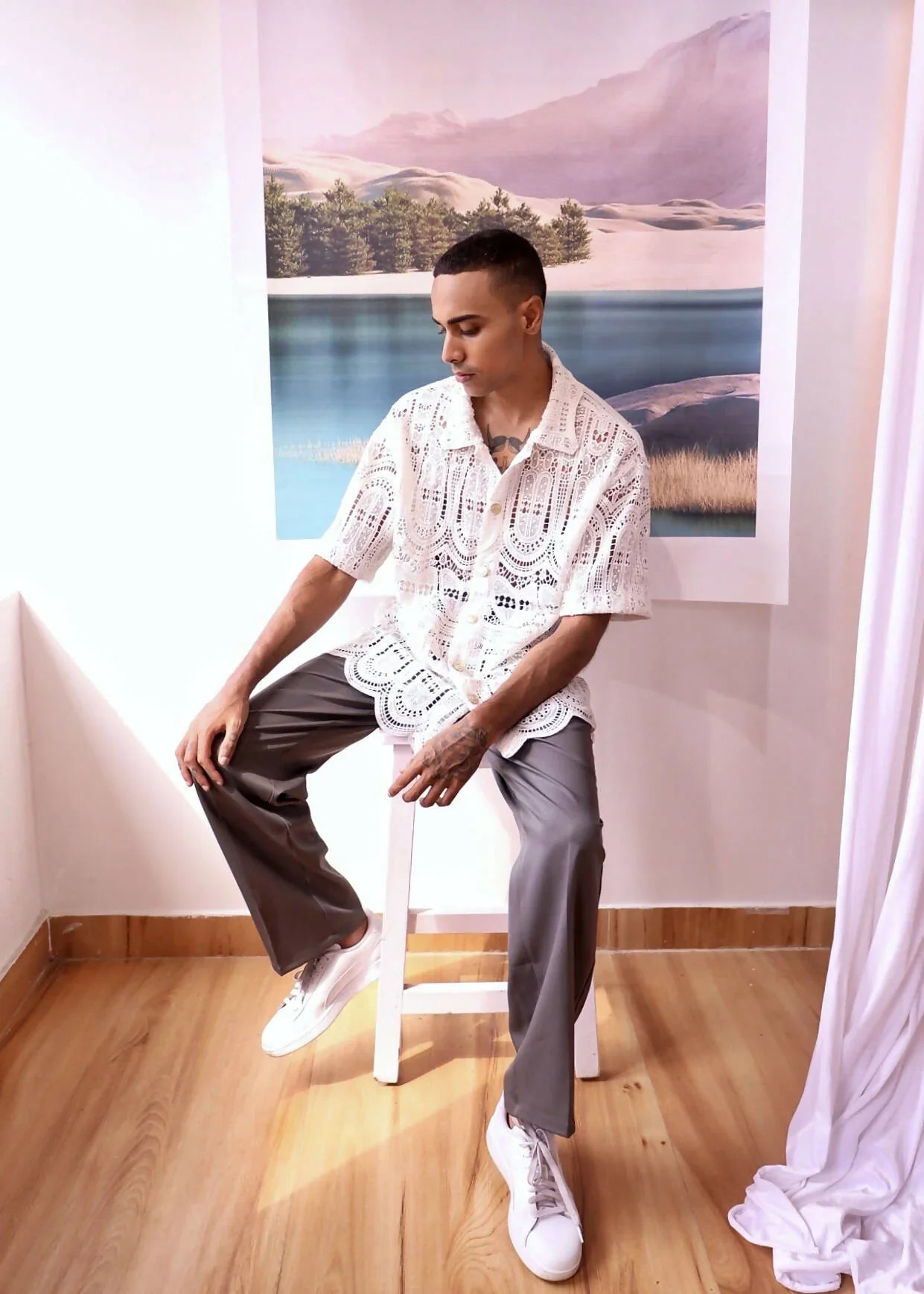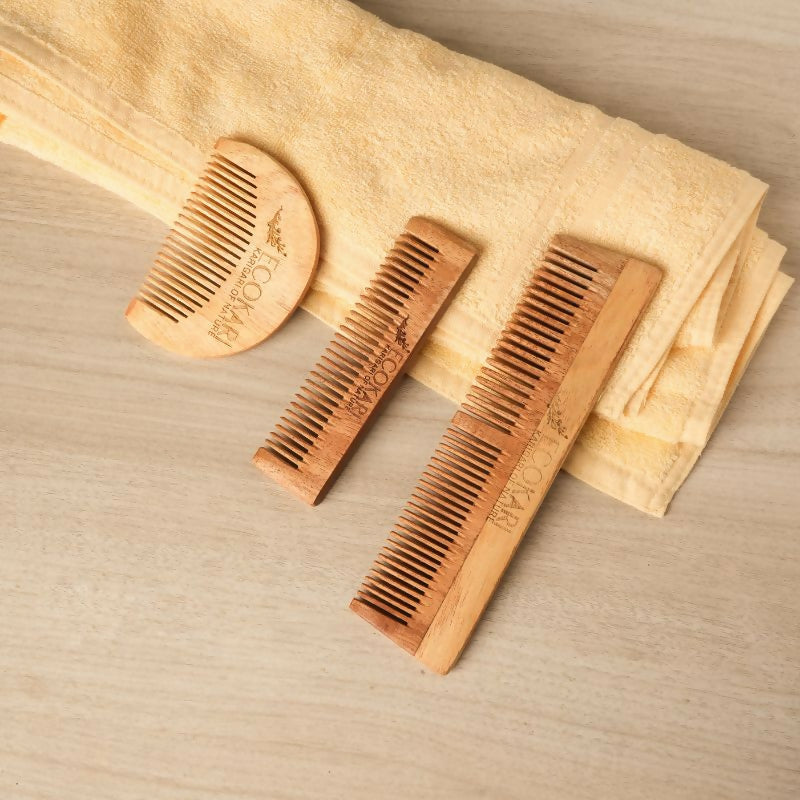Bottletop: A brand that pioneered sustainable business models in the fashion industry
The entire eco-system of the fashion industry is finally waking up to the gravity of the issues at hand and the need for a total overhaul of the current archaic ways of functioning. There have been few, however, who very early on demonstrated how a fashion brand can be sustainable, fashionable and beyond. In this post we introduce you to one such brand called Bottletop. It is a luxury fashion accessories brand and whose business model is pillared by the concepts of sustainability, circularity, upcycling and recycling – the result of a journey that started way back in 2002.
Origin Story
Bottletop came into existence after a rather serendipitous discovery made by one of its founders, Cameron Saul. Fresh out of university and eager to explore the world through a humanitarian lens, 20-year-old Cameron headed to Africa to teach health education. It was here where Cameron stumbled upon a bag being sold by a street vendor, made entirely out of glass soda bottle tops secured together by a wire frame. Any other individual would have probably dismissed it as just a quirky creation, but not Cameron.
Let us delve a bit into Cameron’s background to understand why. Cameron’s childhood and the greater part of his formative years were in fact spent at a brand called Mulberry, a company founded by his father in 1971. For the uninitiated, Mulberry is one of Britain’s most iconic luxury brands and powerhouses. Till date its stunning leather goods and accessories are coveted by consumers from around the world. So when Cameron chanced upon the bottletop bag on the streets of Uganda, his trained eye instantly gravitated towards the ingenuity of the design- one that displayed immense potential to be sold as a commercial product.

( Making of the upcycled bag at Bottletop )
He then took the bag back to Mulberry’s atelier in London and enrolled his father to help him edit the design for commercial consumption. One of the main additions to the design was the leather lining provided to the wire frame of the bag, made out of off-cuttings of Mulberry’s finest leather. It was done so as to remain true to the goal of making a product solely out of waste materials. The resultant design coupled with a powerful campaign went on to make the creation the bestseller of that season’s collection. Furthermore, the proceeds from the sale of these bottletop bags were then used to fund the projects of the non-for-profit organization where Cameron had volunteered at back in Kenya. And just like that they had unearthed an absolutely novel way of designing, doing business and facilitating positive environmental and social impact.
This was soon followed by yet another serendipitous discovery made by his co-founder Oliver Wayman’s mother in Brazil- a bag made out of discarded ring pulls of soda cans. Little did she know that her discovery would go on to become the signature material of the brand and lay the foundation of its current business model.
Design Evolution and Designer Collaborations
It quickly became apparent to the founders that Bottletop would greatly benefit from establishing its own independent brand identity in the luxury fashion accessories space. After doing so, they proceeded to focus on how they could make a bag made out of waste materials (ring pulls to be more specific) desirable and attractive for consumers. Ensuring this aspect was critical because if the products failed to be appealing, the larger goal to support social initiatives would remain unrealized.
The founders along with their design team spent the next few years experimenting with designs, production techniques and metal finishes, and even upskilling their artisans at their atelier in Brazil. But their real breakthrough happened when the founders called on design experts from their extensive networks to help them elevate Bottletop’s creations to luxury standards.
They roped in Vincent du Sartel, a veteran luxury leather accessories designer to take on the challenge that the Bottletop mandate presented. Vincent embraced the eccentric task at hand and concocted a collection of bags that were wonderfully accentuated with braids made out of ring pulls and reclaimed leather. Bottletop then collaborated with American fashion designer Narciso Rodriguez for its next collection. Narciso built on Bottletop’s initial collections and further pushed the boundaries of these unconventional raw materials. His designs saw the Bottletop team crocheting the ring pulls together to create a chain mail like fabric. This fabric would then take on the shape of a bag and would be lined with leather.
These collections truly informed the Bottletop team that the seemingly limiting ring pull was in actuality quite versatile. Collaborations such as these appear to still remain a key part of Bottletop’s strategy as they enable the brand to cement its identity in the luxury space and offer aspirational products that its niche audience desires.
Bottletop has an in-house design team as well which is based in London and led by Roosa Tulvio. Outside the designer collaborations, it is Roosa who designs the brand’s impeccable products and ensures that Bottletop delivers on the promise of sustainability without compromising on design, value, durability et al.
Materials Used
Bottletop’s creations are solely made out of sustainably sourced materials like zero deforestation leather, discarded aluminium ring pulls and upcycled plastic yarn. The zero deforestation leather is called so as it is sourced from sustainable farms and certified tanneries that ensure that their operations have zero deforestation impact on the rainforests. Even the packaging of the Bottletop products are plastic free and made out of recycled cardboard material.

( Crocheting of Ring Pulls together to create a Chain mail like fabric )
Sticking to this very ethos of the brand, Bottletop set up stores in London and Hong Kong to extend an immersive shopping experience to its consumers. Stores in both the locations were designed and made sustainably using 3D printers and recycled materials. In fact, the London store, which serves as the brand’s flagship store, claims to be the “world’s first zero waste retail location”.
Artisans and Atelier
Bottletop’s atelier is based in Salvador, Brazil, wherein local women are employed to bring the designs to life. The women are first provided extensive upskilling and training in the braiding and crocheting techniques before they become a part of the production team. They now, in fact, work together with the design team to explore new ways in which their craft and Bottletop’s raw materials can be put to use. The atelier not just provides employment opportunities to the under-privileged women but empowers them by providing fair compensation for their handcrafted creations. Bottletop proudly shares that their workers earn “45% more than the Brazillian industry average [for wages]”.
Bottletop Impact
Bottletop’s business model not only fosters cross cultural collaboration, conscious fashion and fair employment opportunities, it also funds (via its foundation) social initiatives in disadvantaged geographies. The brand’s remarkable journey in creating sustainable fashion products is such a wonderful example of what is possible if one where to think outside the box.
“Designing in a way that is kind to people and planet, [and] is empowering to people and planet, is the reason why we exist!” says Cameron. It is absolutely incredible how a single quirky product design has since then become a strong champion for tangible change across the world.

--
Find Bottletop's: Instagram | Website
Discover more brand stories here.
Shop upcycled products here.
-
Image Credits: Bottletop
Feature Credits: Harshitha Venati






Leave a comment